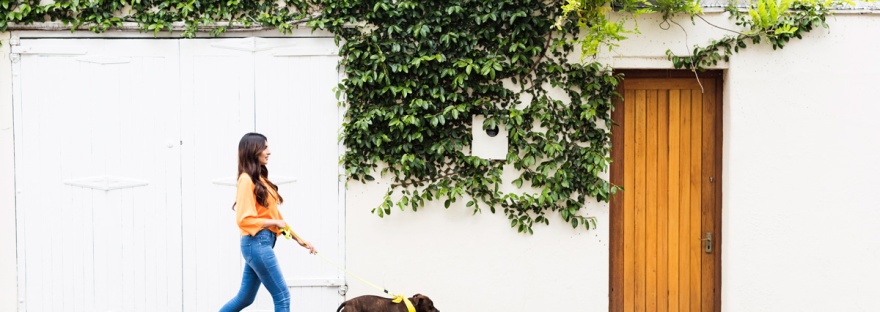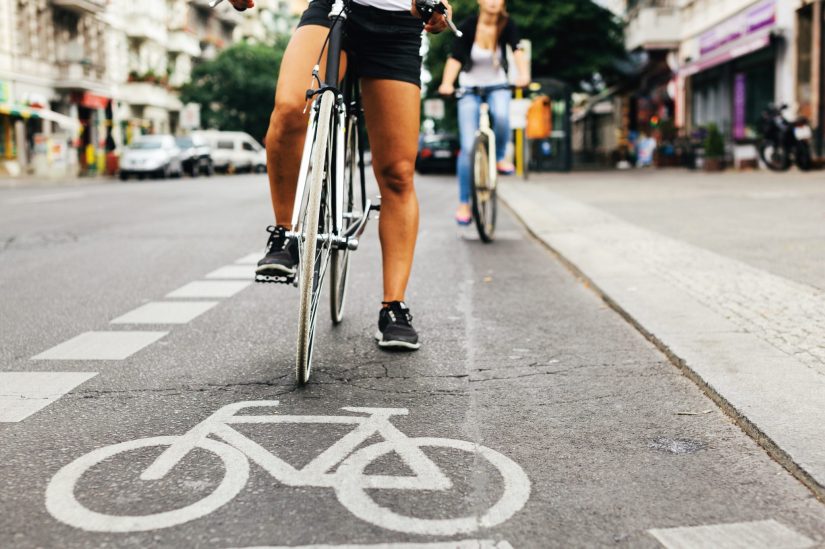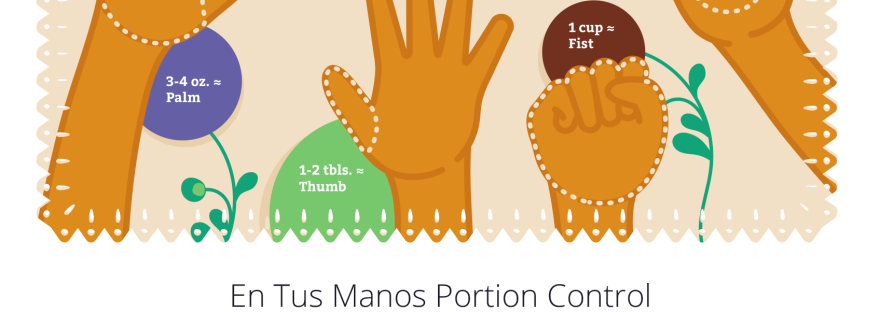The Power of the Vision Map
I started using the Vision Map when I was a health educator working with people with chronic pain. Our team had all kinds of tools to help people who were suffering, and the vision map was like salve to a wound. Being in chronic pain is one of the most stressful, debilitating and depressing things that can happen to you. That is one of the reasons we are in the middle of an opioid crisis. Because we didn’t want our clients to rely only on medication to manage their pain, we taught a variety of stress and pain management classes. It was a fun and rewarding job and one of my first opportunities to help people make healthy changes.
At the time, our team of fresh-out-of-college and naïve health educators came up with the idea that if we could just get people’s mind off their pain, even for a minute, that we would make a difference in their lives. So we came up with several of what I call “gimmicks.” Now let me tell you that I love that word – gimmick. It’s kind of a no-nonsense way of naming magical thinking. I looked it up and one of the definitions is “a magician’s tool.”
So allow me to share this magical gimmick with you — The Vision Map!
As I said, I have used the Vision Map with people in chronic pain so they could just imagine for even one sacred minute what their lives would be like without pain, but I have also used it with my daughter when her madrina and I joined her in a retreat to help her envision what it would be like to change careers and open a new pathway for her life’s passion and work. Another way I have used the Vision Map is for myself, when I lost track of my dreams and had to gather them all up again. The latest Vision Map I did was with our De Las Mías team, a vision board to visualize what the future might hold for us in this quest to live healthier and more joyful lives.
So here I am suggesting this magical tool to help you visualize your future, your life, your new kitchen, your garden, your nueva vida saludable, your new love, or your next move. A vision map brings your dreams to life and it is a lot of fun. You can do it alone or with comadres. It is so much fun to do it in a group, but it is also a magical experience to do it alone. Try it, you’ll like it!
How to Make A Vision Map
- First of all, gather your tools.
Paper, poster board, scissors, glue, lots of old magazines, photos or copies of photos, drawing pens or pencils, ribbons, tissue paper, whatever you have handy that you like the looks of. You can gather or write a favorite quote or affirmation.
2. Next, spend some time in quiet reflection.
What does your heart desire? In this step, start with a few minutes to yourself. Find a comfortable spot where you will not be interrupted and take a few deep breaths and relax. Think about what you want your Vision Map to symbolize.
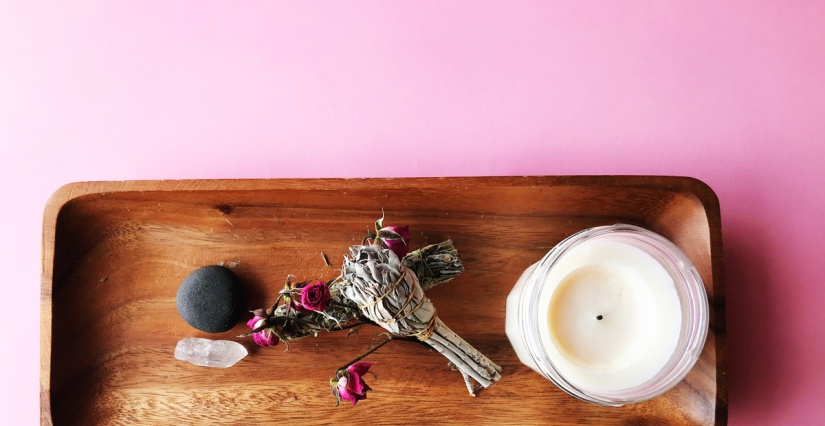
3. Play music, light a candle, or bring a vase full of flowers to your work space to mark it as special.
It would be good if you didn’t answer the phone and carved out this time just for yourself. You can use the Vision Map as a way to visualize your future career, your deepest desire for adventure, or an overall vision of what you want your life to be. I once did a Vision Map of what I wanted my house to look like. (That was so much fun!)
4. Next, start cutting.
You’ve set your intention of what you want your Vision Map to represent, now start looking for pictures, colors, photos, symbols, that match your intentions. Let yourself go for a few minutes — 15-20 minutes — and cut away. You can also write an affirmation or two to place on your Vision Map. Pick something that inspires you. Use a favorite dicho like “Querer es poder,” or “Real women have curves!” or a famous quote from one of your heroes. I like, “You can have it all!”
5. Arrange and group.
The next step is to arrange the images, colors, symbols, and affirmations on the poster board or whatever backing you are using. See how you like it. You can move the pieces around until it feels right. Once you are happy with the position of your images, start gluing. Stop anytime and take a breather. If there are blank spots on your Vision Map, it’s okay. Leave it and see how it feels to you over the next few days or weeks. Later on, you might find other images or words that you will want to add.
6. Now take a good look at your handiwork.
Put up your Vision Map in a prominent place where you can look at it often. You can add other images, colors, quotes and/or affirmations over time. Or you can create new ones.
Just remember, Vision Maps are there to make you feel hopeful about the future.
7. Some people have asked about sharing your Vision Map and I say this:
If you have a trusted comadre that is on your team and is your tried and true kindred spirit, I say yes. It is so much fun to share Vision Maps with a kindred spirit! But, if you think that it will be met with the slightest bit of skepticism, or criticism, I say no. Protect yourself and your dreams and share only with people who care about you and don’t criticize you. This needs to be totally safe for you. Think of it as your soul shining through, a diary entry, or a prayer.
I have done Vision Maps with a group of professional women in a seminar where we mapped out our dreams and aspirations for our careers. We took turns sharing it in a group, and it was super fun and affirming. We did it once with our little family just to talk about what was on our minds and what we hoped was in store for us in our future. That felt sweet and cozy and we even shed a tear or two. (We are lloronas.) My master vision map, the Mother of all Vision Maps, is tacked right in front of my desk where I can see it every day. (De Las Mías is on there!)
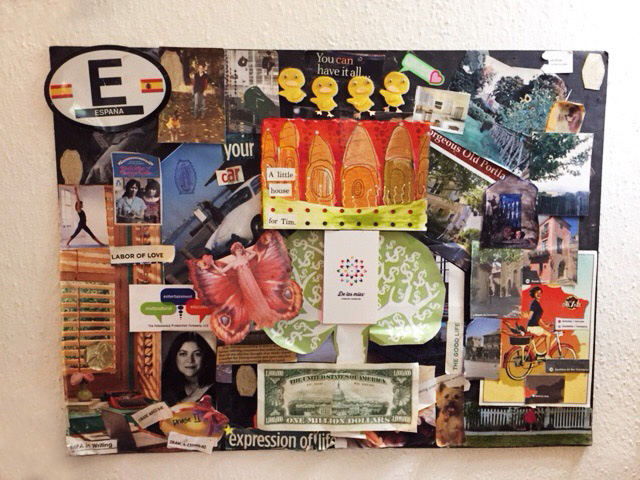
I hope that using a Vision Map turns out to be a fun and magical tool that you and your comadres, and daughters, sisters and friends will enjoy. I hope that it works for you like it has worked for me — to see possibilities! May it transport you to that special place of contemplation where you can ponder what could be next and good for your life.
Not to sound too much like our beloved comadre, La Oprah, but one of the things I know for sure is that believing you can do something matters. It prepares you for what comes next. Belief is an essential part of making your dreams come true, and I want your dreams to come true!
Try it and let us know how it goes!
¡Unidas for a Healthy Life!
〰️
The De Las Mias app is free and ready for download in the Google Play Store. Follow us on Facebook and Instagram @delasmiaslife.








